You are here:
Disposing of Tires from Your Home or Private Property Information for households and property owners about disposing of unwanted or abandoned tires. https://www.tceq.texas.gov/permitting/waste_permits/tires/tires-disposal-qa https://www.tceq.texas.gov/@@site-logo/TCEQ-1072x1072.png
Information for households and property owners about disposing of unwanted or abandoned tires.
On this page:
You may be able to dispose of your own used or scrap tires during a bulky trash collection event sponsored by your local government. A landfill may accept your tires directly, but will usually charge a fee.
Use the municipal solid waste facility map viewer to find landfill locations and phone numbers. Contact the landfill to confirm that it accepts tires for processing or disposal. If you have many tires, you may need to hire a scrap tire transporter to pick them up and haul them to an authorized scrap tire storage, processing, or disposal facility.
To report abandoned tires, you can contact local city or county authorities, contact the TCEQ field office for your region, or file a complaint online with the TCEQ.
If there are just a few tires, you may be able to dispose of them during a bulky trash collection event sponsored by your local government, or take them to your local landfill.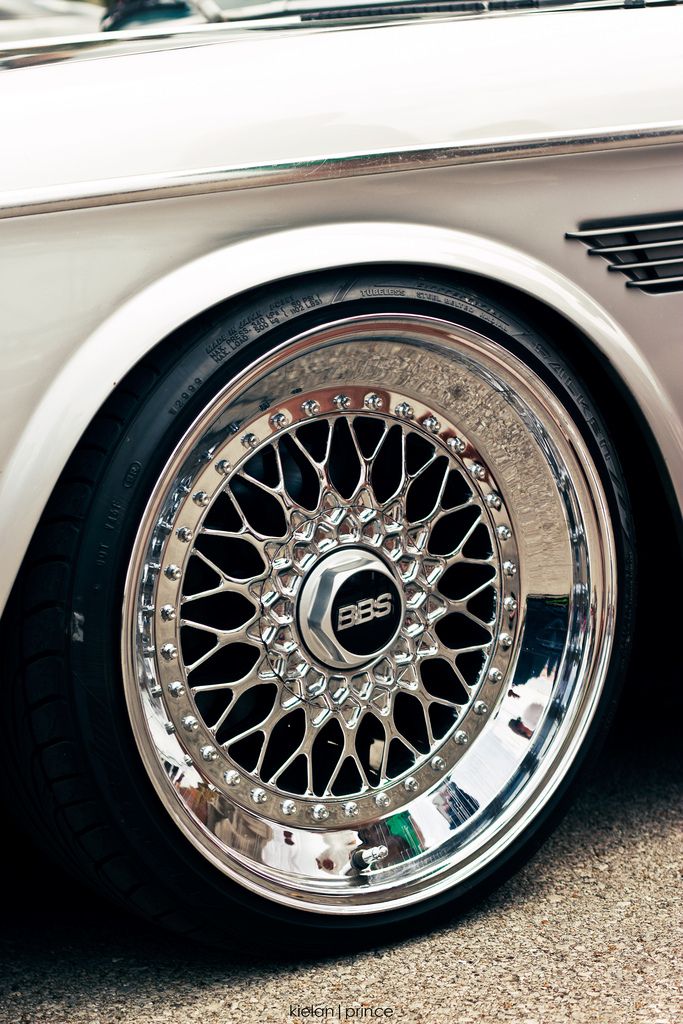 Use the municipal solid waste facility map viewer to find landfill locations and phone numbers. Contact the landfill to confirm that it accepts tires for processing or disposal. If you have many tires, you may need to hire a scrap tire transporter to pick them up and haul them to an authorized scrap tire storage, processing, or disposal facility.
Use the municipal solid waste facility map viewer to find landfill locations and phone numbers. Contact the landfill to confirm that it accepts tires for processing or disposal. If you have many tires, you may need to hire a scrap tire transporter to pick them up and haul them to an authorized scrap tire storage, processing, or disposal facility.
Follow this link to download a list of Active Used and Scrap Tire Handlers and Facilities in Texas.
Visit our Reporting Abandoned Tires page.
Requirements (statutes and rules) for the management of used or scrap tires can be found online in Texas Health and Safety Code 361.112 361.1125 30 TAC 328, Subchapter F
Please contact the Scrap Tire Program if you have other questions about disposing of tires.
Submenu
Accumulations of waste tires harbor disease-transmitting vermin and they present hazards from pollution and fire risk.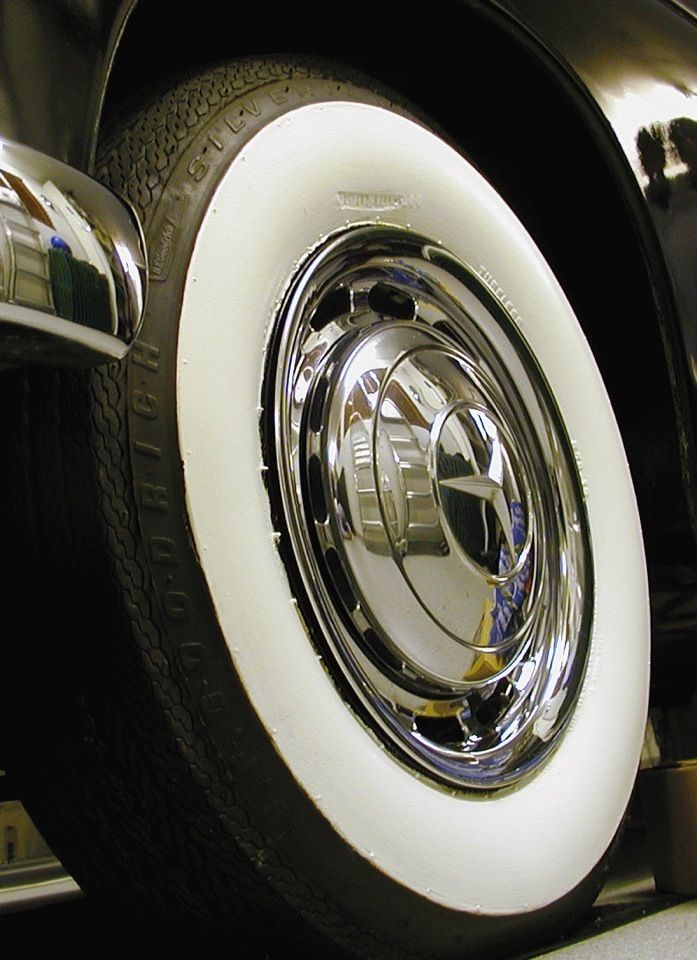 We work with public entities to clean up unauthorized dumpsites and prevent further waste accumulation with community tire collection events. We then contract the transportation as well as the recycling or disposal of these tires.
We work with public entities to clean up unauthorized dumpsites and prevent further waste accumulation with community tire collection events. We then contract the transportation as well as the recycling or disposal of these tires.
Waste tires are those no longer suitable for their intended purpose due to wear or damage. Accumulations of waste tires harbor mosquitos, snakes, and other vermin, which pose health risks, such as the mosquito-transmitted West Nile Virus.
Waste tire accumulations also present a dangerous fire hazard and the potential to emit polluting tire smoke.
Waste tires have a negative market value and proper recycling or disposal can be expensive. They tend to accumulate, and sometimes they’re dumped illegally. Many tire accumulations exist for a significant length of time. We work with public entities to clean up unauthorized dumpsites and prevent further waste accumulation by funding community tire collection events.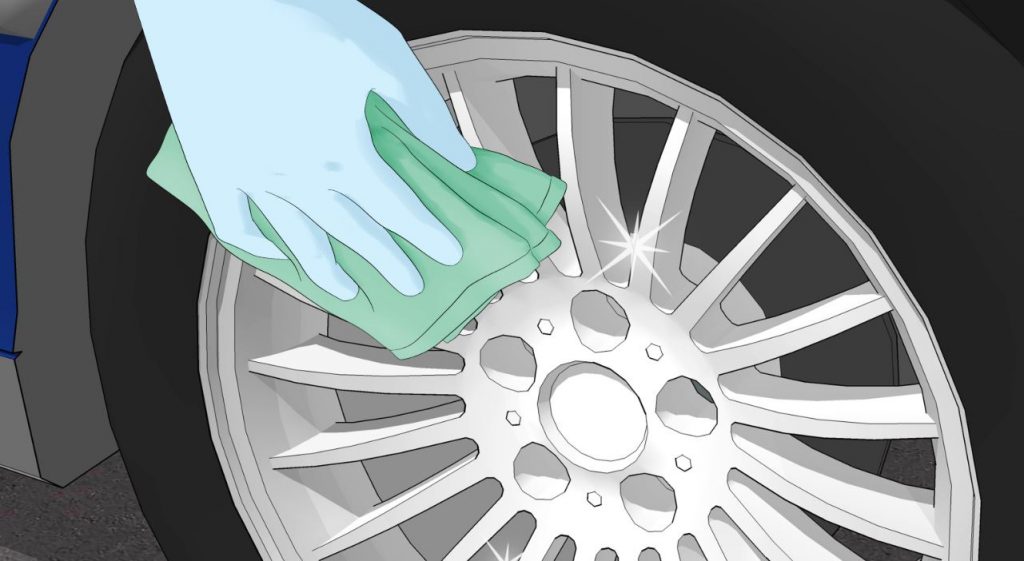
In 2005, the legislature created the waste tire removal account to help clean up illegally discarded tires. This account is funded by a $1 fee charged for each new vehicle tire sold in Washington. We receive an annual budget of $500,000 from this account. With this budget, we provide resources to communities and landowners who discover unauthorized waste tire accumulations. We also oversee businesses that handle waste tires.
The waste tire program:

This table summarizes efforts we fund for waste tire removal from 2007 to 2020.
| Year | Tons of Tires | Dollars |
|---|---|---|
| 2007 | 32,671 | $4,300,079 |
| 2008 | 8,112 | $1,882,295 |
| 2009 | 11,217 | $2,648,464 |
| 2010 | 3,157 | $762,018 |
| 2011 | 352 | $112,415 |
| 2012 | 1,900 | $476,661 |
| 2013 | 1,868 | $328,204 |
| 2014 | 2,278 | $487,151 |
| 2015 | 1,645 | $274,236 |
| 2016 | 2,055 | $378,339 |
| 2017 | 1,330 | $303,296 |
| 2018 | 1,133 | $222,508 |
| 2019 | 2,031 | $508,173 |
| 2020 | 2,383 | $680,585 |
| Total | 72,132 | $13,364,424 |
This chart summarizes the waste streams for tires in Washington State from 2005 to 2017.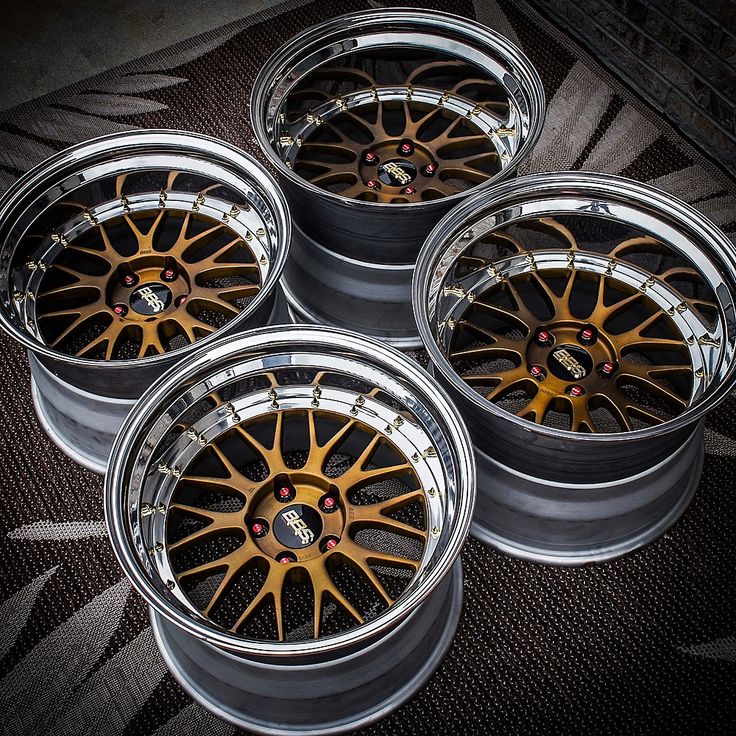
See Excel spreadsheet chart data
*Disposed (Incidental) in mixed MSW is estimated from waste characterization studies
Most tire dealers in Washington are required to collect a $1 fee for each new tire sold. This fee does not apply to:
If a customer returns a tire and is refunded the entire selling price, the $1 fee is refundable, as well (WAC 458.20.272).
Most businesses that haul waste tires are required to obtain a license. We maintain a list of these licensed tire carrier businesses.
Waste tire carrier requirements:
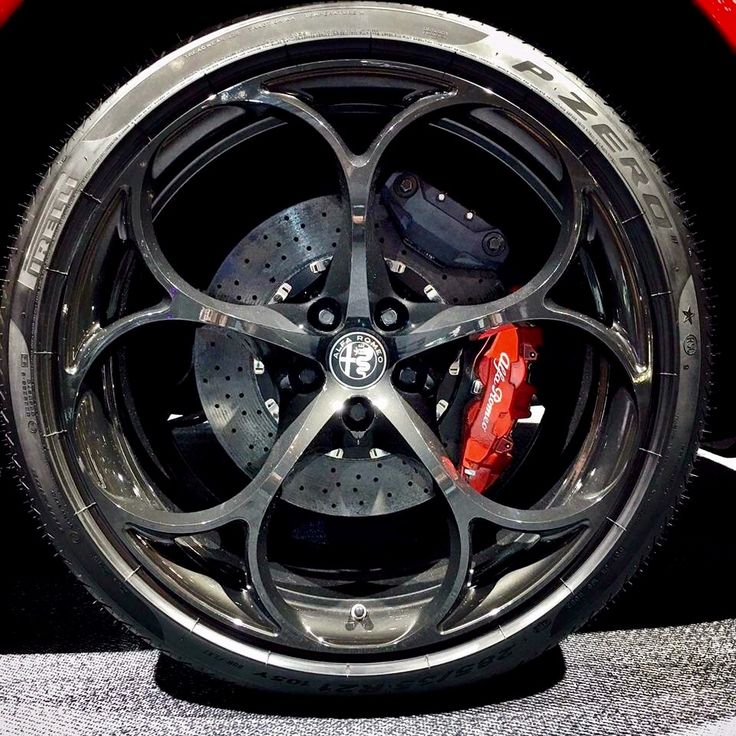
A waste tire carrier license is not required for:
Businesses that store waste tires are required to get local permits and may also need a state license.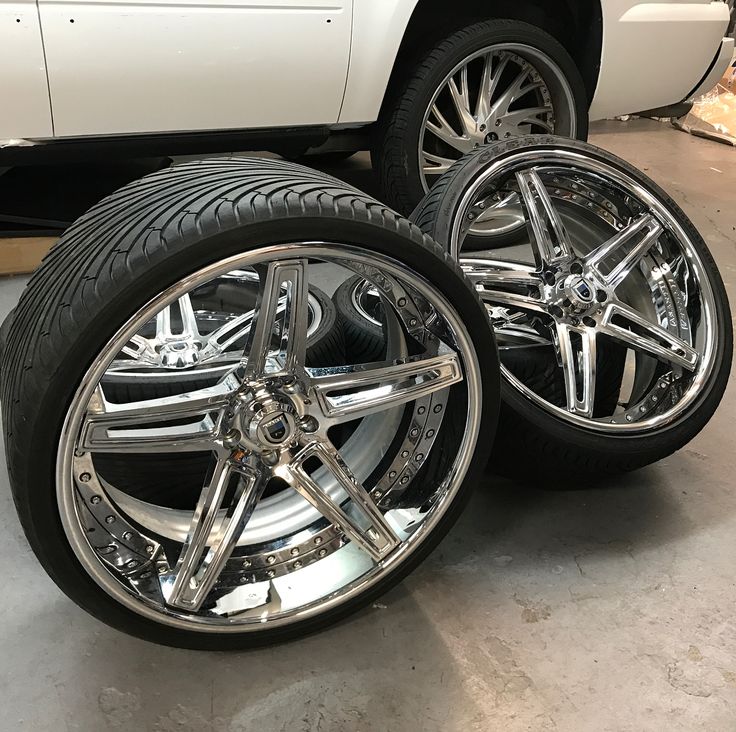
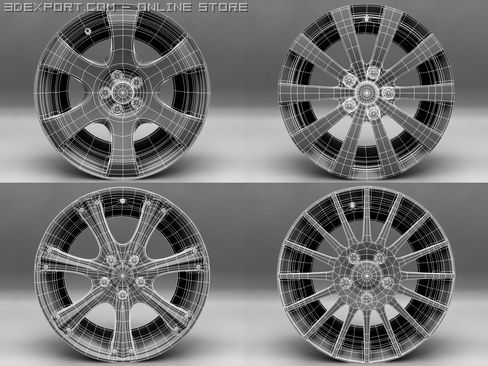 This financial assurance is usually a bond but can be some other form of financial assurance as specified in WAC 173-350-600.
This financial assurance is usually a bond but can be some other form of financial assurance as specified in WAC 173-350-600.Permitting and/or licensing for waste tire storage is not required for:
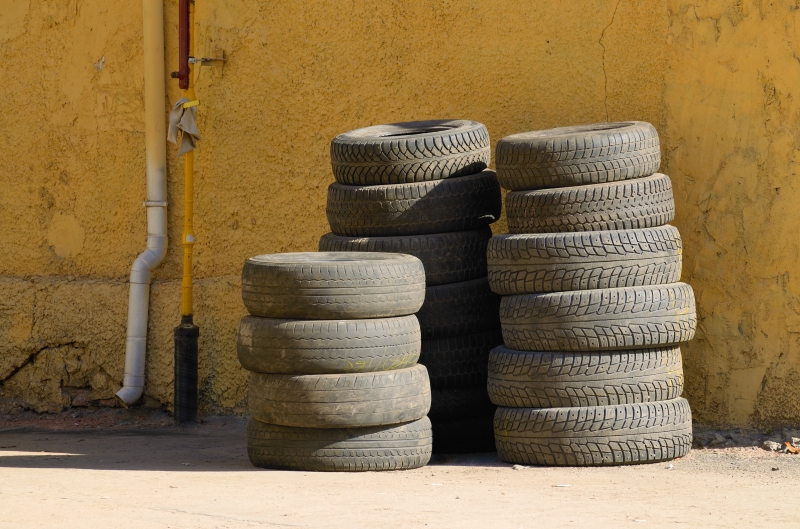
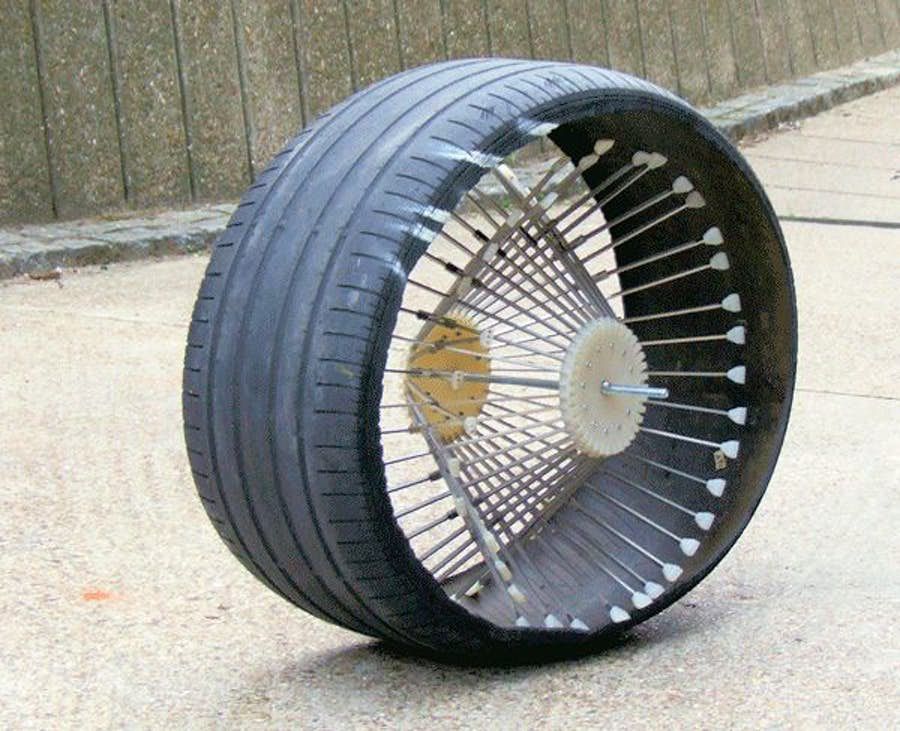 These sections describe the funding for the waste removal account, waste tire storage and carrier requirements and pertinent penalties.
These sections describe the funding for the waste removal account, waste tire storage and carrier requirements and pertinent penalties. Tires are one of the main and most obvious "consumables" of any car. At the same time, there are more than 42 million cars in Russia alone.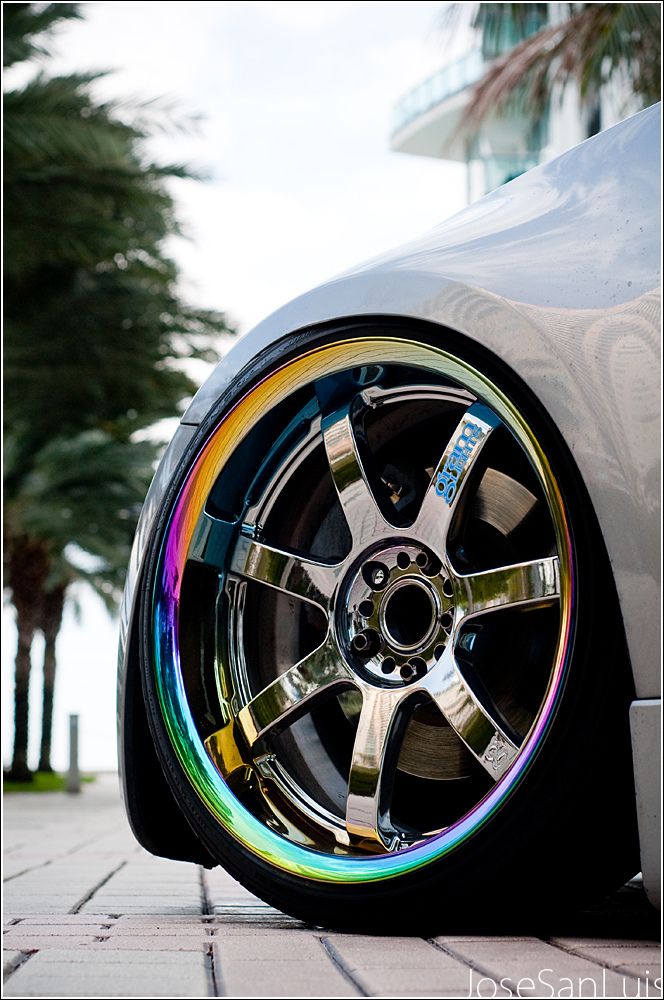 With trucks and special equipment - about 59.7 million. This means that at least a million tons of used car tires are thrown into landfills every year. In this context, it is no longer a means of ensuring contact with the surface, but simply hazardous waste.
With trucks and special equipment - about 59.7 million. This means that at least a million tons of used car tires are thrown into landfills every year. In this context, it is no longer a means of ensuring contact with the surface, but simply hazardous waste.
Formally, automobile tires belong to IV hazard class waste, that is, low-hazard waste. But do not underestimate their danger - improperly disposed tires cause significant damage to the environment.
Under natural conditions, a discarded or buried tire takes hundreds of years to decompose. Upon contact with moisture, toxic organic compounds are washed out of them. Tires partially filled with water become breeding grounds for rats and blood-sucking insects. Millions of tires thrown into landfills are an environmental disaster in itself, even without taking into account the area occupied, therefore, over a good hundred years, mankind has developed several ways to dispose of this type of waste.
The first method involves the use of whole car tires - for example, to protect slopes from erosion, soundproof barriers along highways, and safety barriers for auto racing tracks. In the seventies of the last century, even artificial reefs were made from used tires! So, in 1972, the so-called Osborne Reef was created off the coast of Florida by the BARINC (Broward Artificial Reef) group with the support of Goodyear. More than two million tires were sunk to create breeding grounds for fish and oysters. The effect, unfortunately, turned out to be the opposite - the steel straps that fix the tires quickly rotted. Tires began to be thrown onto the beaches, they began to destroy neighboring coral reefs. For the last fifteen years, tires have been taken back - including with the use of army divers.
In the seventies of the last century, even artificial reefs were made from used tires! So, in 1972, the so-called Osborne Reef was created off the coast of Florida by the BARINC (Broward Artificial Reef) group with the support of Goodyear. More than two million tires were sunk to create breeding grounds for fish and oysters. The effect, unfortunately, turned out to be the opposite - the steel straps that fix the tires quickly rotted. Tires began to be thrown onto the beaches, they began to destroy neighboring coral reefs. For the last fifteen years, tires have been taken back - including with the use of army divers.
The second popular way to dispose of tires is incineration (including for energy purposes). In most cases, it is such disposal that causes maximum damage to nature and human health. The fact is that during combustion, not only zinc and sulfur oxides are emitted into the atmosphere, but also dioxins, which are classified as superecotoxicants of the 1st hazard class.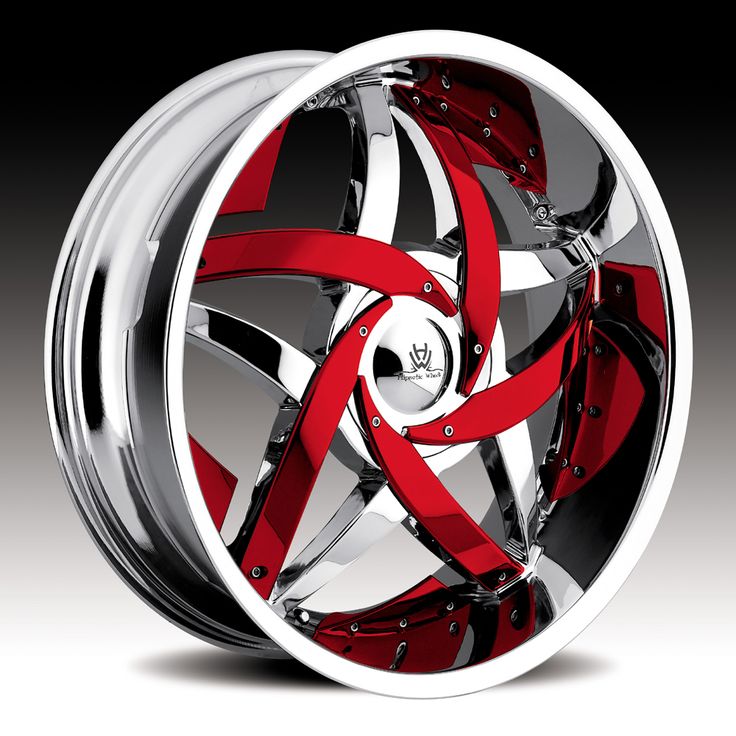 These substances have mutagenic, carcinogenic and cumulative properties. In terms of toxicity, dioxins surpass almost any known poison, and, moreover, they do not decompose for decades, accumulating in the upper soil layer, as well as in all environmental objects, including plants and animals.
These substances have mutagenic, carcinogenic and cumulative properties. In terms of toxicity, dioxins surpass almost any known poison, and, moreover, they do not decompose for decades, accumulating in the upper soil layer, as well as in all environmental objects, including plants and animals.
Burning tires in high-temperature (1200-2800 degrees Celsius) furnaces of modern cement or pulp and paper plants is also not a panacea - according to many experts, with this method of disposal, dioxin emissions into the atmosphere are also present, albeit to a lesser extent. Installing highly efficient cleaning systems to trap harmful gases makes burning tires for energy unprofitable.
Another method of recycling used tires is pyrolysis. Tires are loaded into special reactors, where at high temperature in the absence of oxygen the product decomposes into components (carbon black, pyrolysis gas, as well as liquid fractions suitable for use as heating oil).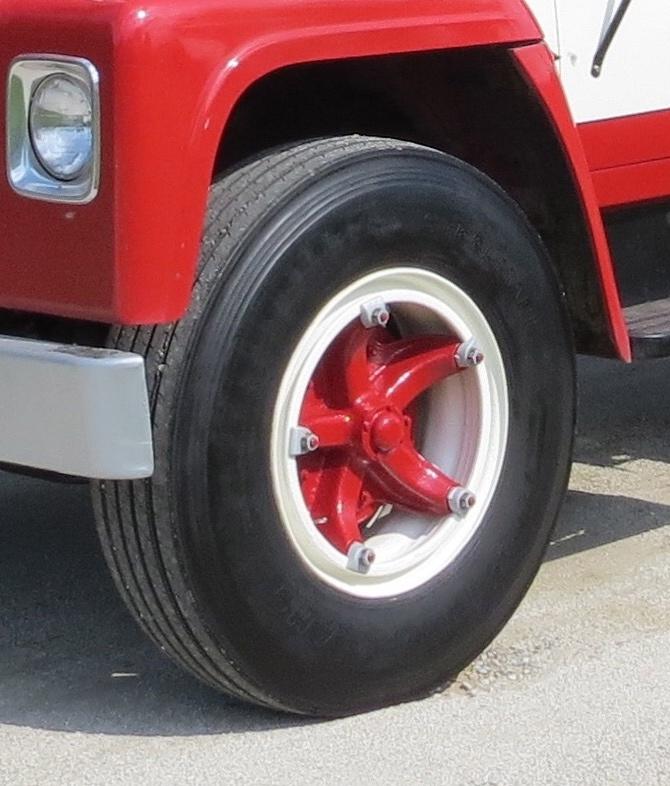 The gas released during the process can also be used to produce fuel. This technology is demanding on equipment, and until recently was considered insufficiently effective. However, modern pyrolysis plants are already devoid of such shortcomings.
The gas released during the process can also be used to produce fuel. This technology is demanding on equipment, and until recently was considered insufficiently effective. However, modern pyrolysis plants are already devoid of such shortcomings.
The most cost-effective is the mechanical grinding of tires. When using this method, rubber and other polymers that make up the tire are obtained in the form of dispersed materials. The resulting crumb rubber takes on a new life in the form of various rubber products, such as car mats, speed bumps, playground surfaces, and so on. The most finely dispersed rubber crumb is used as an additive (from 5 to 20%) in the rubber compound in the production of new tires. There are several ways to mechanically shred tires based on different physical principles, such as using high impact velocities, low temperatures, or high pressures.
Despite the fact that in Russia today there are at least several large and a large number of small plants for recycling car tires using one of the listed industrial methods, these industries are far from being fully loaded.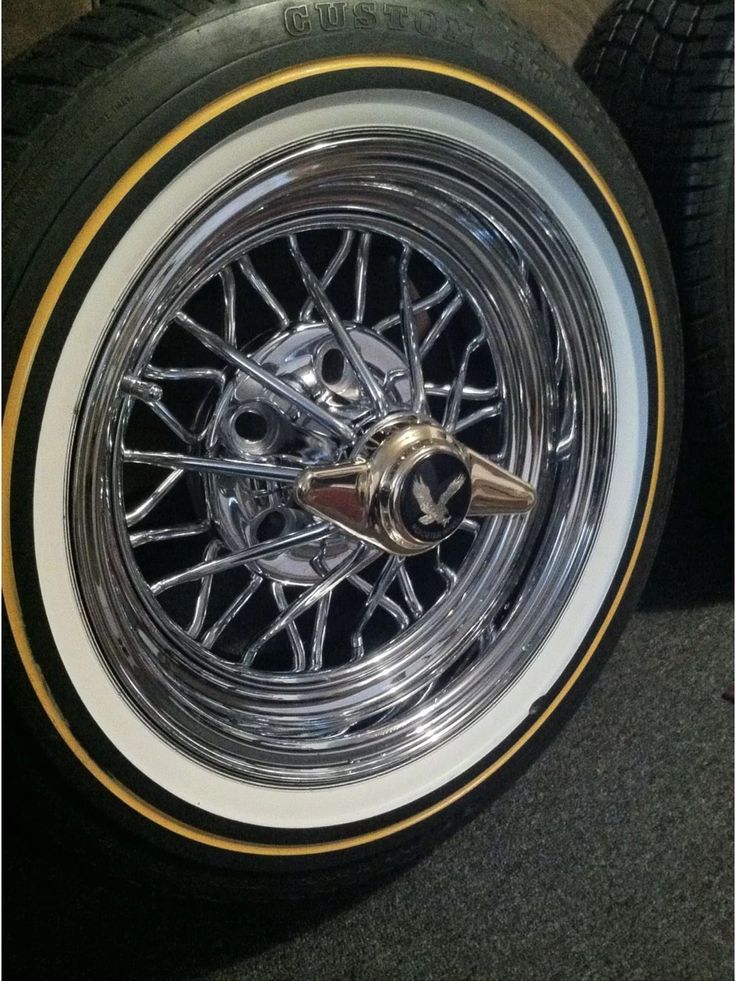 The reason is simple - most tires are disposed of in a simple and illegal way - throwing them into a landfill or burning them.
The reason is simple - most tires are disposed of in a simple and illegal way - throwing them into a landfill or burning them.
That's why the correct disposal and recycling of tires is one of the most important priorities in protecting human health and the environment. A new project from Nokian Tires, the Nokian Eco Challenge, serves this very purpose. As part of the project, the company assumes obligations to eliminate illegal tire dumps.
The mechanics is simple - anyone can submit an application for the liquidation of a landfill, on their own behalf or from an organization. As part of the project, tire dumps with a volume of at least 10 tons are eliminated, which, in terms of tires, is about 250 truck or 1,000 passenger tires. All collected tires will be recycled.
By the way, the Yaroslavl authorities came up with a similar initiative almost simultaneously. So, at the Skokovo landfill near Yaroslavl, a plant for crushing waste and recycling old tires is to be built this year.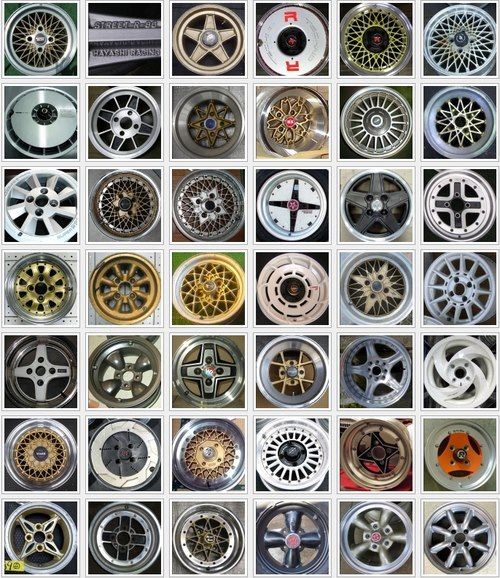 We believe that this is the right approach - without competent sorting and recycling of waste, there is no need to talk about protecting the environment and our health!
We believe that this is the right approach - without competent sorting and recycling of waste, there is no need to talk about protecting the environment and our health!
Source of the image: Phoenix Industries
Utiliziye Shin in Ukraine give a new life. Variants of the choice of tires after the fact that the stench has become unbearable, rich - you can build it for recycling, for disposal, or you can create your own art object - courtyard creativity at the sight of swans from the clothes of the house of all.
What you definitely can't work with car tires, so check it out or spit them on your own. The best options for utilizing old tires are to beat them for creativity, resell or recycle them.
Be it a tire - not only gum. In our warehouses there is a lot of metal, toxic spills - under the influx of atmospheric factors, the stench goes near the water and the soil, thereby developing an important part of the biosphere. With whom, the tire is laid out for a long time - here the situation itself is the same, like with plastic. Need a century, the first low water is not deprived of anything, and another hundred years, the first low ground and water is renewed.
With whom, the tire is laid out for a long time - here the situation itself is the same, like with plastic. Need a century, the first low water is not deprived of anything, and another hundred years, the first low ground and water is renewed.
Spalling is not an option, even if toxic spills are spalled, they are seen even more, and the products of the fire are added to them. In that space, the tires were burnt, through toxic speech for more than 10 years, nothing could germinate.
Tires themselves are not the most ecological product: vicorous resin is prepared and may contain 40 liters of oil.
There are still no alternatives, but only a few products that are necessary for everyday life, it is possible to change as much as possible the yogo shkoda in the middle. One of these ways is re-blowing. With one ton of tires, you can create about 700 kilograms of yakous gum, as if you need it, including clothes, clothes, accessories, and other items.
Two options for getting old car tires:
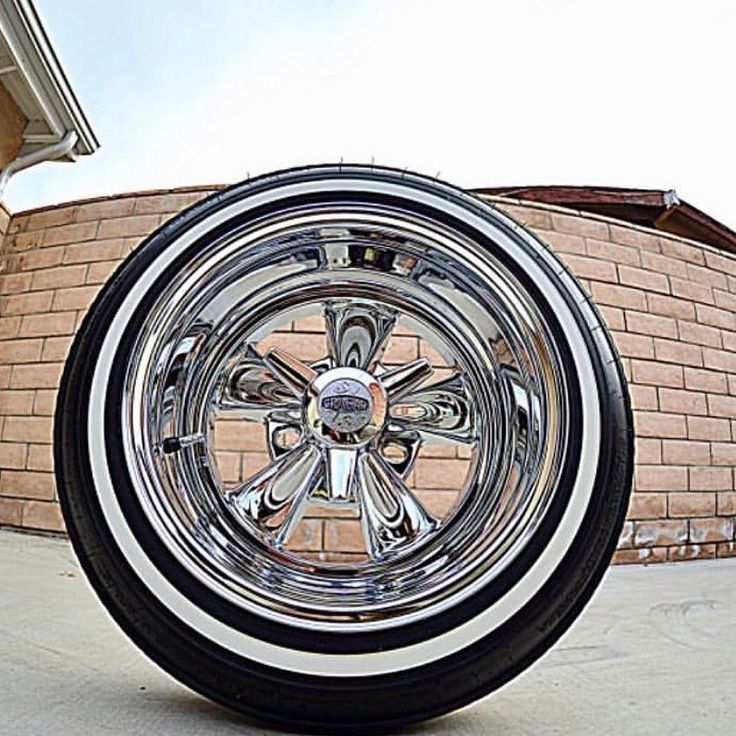 As if you were a dbailivim vlasnik, it’s possible that your old tires were left in a larger-less appendage for a squalid vikoriststan. I, obviously, for sure, whoever needs such tires - maybe like a timchasovy option. To know the new sergeant of the old gumi will be more beautiful, then just put it on the nearest place.
As if you were a dbailivim vlasnik, it’s possible that your old tires were left in a larger-less appendage for a squalid vikoriststan. I, obviously, for sure, whoever needs such tires - maybe like a timchasovy option. To know the new sergeant of the old gumi will be more beautiful, then just put it on the nearest place. In enterprises that are engaged in the processing of humic compounds, there are a lot of possibilities for their utilization. So, krim pereroblyuvannya on crichta, you can burn tires in special pyrolysis ovens.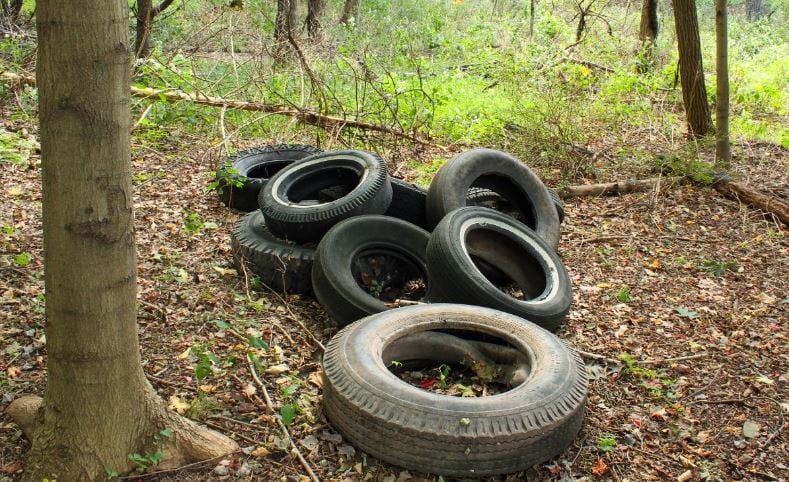 The furnaces do not allow access until the end, so the toxic products of the furnace are not consumed into the atmosphere, and the energy of the furnace is sufficient, so that such a humus can be beaten up as a rare fire for such mechanisms. With this mechanical refinement to tire crihti, it will, of course, be an environmentally friendly method of disposal.
The furnaces do not allow access until the end, so the toxic products of the furnace are not consumed into the atmosphere, and the energy of the furnace is sufficient, so that such a humus can be beaten up as a rare fire for such mechanisms. With this mechanical refinement to tire crihti, it will, of course, be an environmentally friendly method of disposal.
Metal cord, from which the carcass of tires is folded, when recycled with rubber magnets, it retracts and can be sent for disposal - from a new one it is possible to create a new one.
Outside the tire, car hum can be rebuilt independently, even for the price of an hour. Having applied a lot of richness - to build near Kiev, Kharkov and other great places, you can still find goydals with tires, replace the seats, decorate the original courtyard and wind outdoor furniture. All that is needed for such creativity is an hour, farba, tools for trimming and fixing gumi, as well as a copy of instructions from the Internet. It is especially handy, as you open the door of your private booth - it’s not necessary to choose bags for the installation of such a decor.
It is especially handy, as you open the door of your private booth - it’s not necessary to choose bags for the installation of such a decor.
If you don’t have time for such creativity, you can find the point of tire recycling - you can find such a point on the Internet, or you can check with the workshops at the service station, where you can bring tires for recycling. In addition, a lot of tire fitting works with reworking undertakings, and when buying a new gum, they can ask themselves to pick up the old tires for disposal.
Recycling is the easiest and safest way to get rid of an old car gumi. Resales or simple mechanical utilization of one set of tires will allow less than one square meter of land to be polluted for a hundred years. As soon as you knew about the possibility of re-exploring, hurry up obov'yazkovo її. So buying a new set of tires will become less acceptable.
In the capacity of the best available technology, the conversion of live car tires is promoted, cream, the conversion of thermal and electrical energy, pyrolysis, the removal of tire coatings and the production of them.